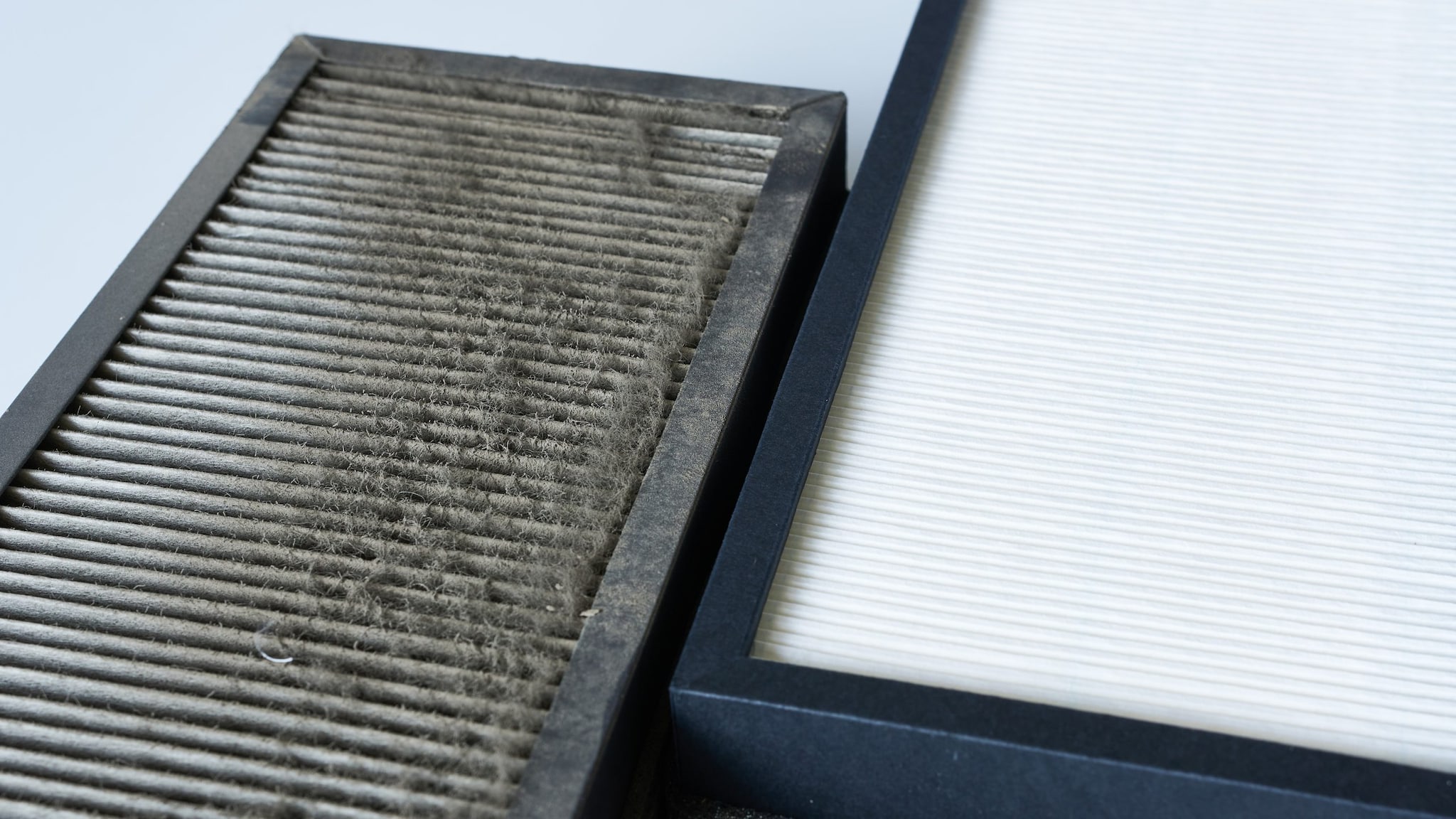What to know
- When possible, aim for 5 or more air changes per hour (ACH) to help reduce the number of viral particles in the air at workplace.
- Filtration and air cleaning systems provide equivalent air changes per hour (eACH).
- ACH and eACH can be added together for comparison with the 5+ ACH goal.
- You can calculate how much air is required to achieve 5 ACH using the room area and ceiling height.

Prevention steps and strategies
Aim for at least 5 air changes per hour (AHC).
When possible, aim for 5 or more air changes per hour (ACH) of clean air to help reduce the amount of viral particles in the air.
This can be achieved through any combination of central ventilation system, natural ventilation, or additional devices that provide equivalent ACH (eACH†) to your existing ventilation. Supplying or exhausting an amount of air (use the larger of the two values but do not add them together) that is equal to all the air in a space is called an air change. Multiplying that amount by 5 and delivering it over one hour results in 5 ACH.
Calculate the ACH (or eACH)
- Determine (or measure) the airflow through the system in cubic feet per minute (cfm).
- Determine the area of the room = length (ft) x width (ft)
- Determine the height of the room (ft).
- Calculate ACH:

5. When multiple strategies are used, repeat the ACH calculation for each system then add together for a total ACH value (which could be compared to the minimum 5 ACH recommendation).
Note: See FAQ #7 and FAQ #9 for examples on how the ACH calculation may be applied.
While there is insufficient science to identify an optimum ventilation strategy for all spaces, 5 ACH is what portable air cleaners provide (as eACH) when properly sized following the Environmental Protection Agency's guidance [2.9 MB, 7 pages] on the selection of portable air cleaners. Five ACH will not guarantee totally safe air in any space, but it reduces the risk of exposure to viral particles and other harmful air contaminants.
Using the ACH
Rather than a hard-and-fast rule, the 5 ACH target provides a rough guide to air change levels likely to be helpful in reducing viral particles. For example, increasing ventilation from 2 to 5 ACH substantially reduces the time to remove airborne contaminants.
- Large volume spaces with very few occupants (e.g., a warehouse) may not require 5 ACH and spaces with high occupancy or higher-risk occupants may need higher than 5 ACH.
- While ACH levels higher than 5 (e.g., those used in airborne isolation rooms in hospitals) may reduce infectious aerosols further, the potential benefits of increased ventilation should be balanced with the additional upfront, periodic maintenance, and energy costs that may be incurred.
- Some limited studies have demonstrated this protective benefit of increased ACH, although an optimum number remains uncertain.
- A Lancet Commission Report [249 KB, 33 pages] that draws on available scientific evidence proposes ACH levels of 4 as "Good," 6 as "Better," and >6 as "Best," underscoring that ACH (to include eACH) represents a continuum.
- It is unknown exactly how much this will reduce the risk of getting a viral infection in an indoor space.
- However, the improvements are reasonable for indoor environments when additional protection is desired. More research is needed to evaluate the influence of central ventilation, portable air cleaning, and UV air treatment on respiratory infectious disease transmission.
